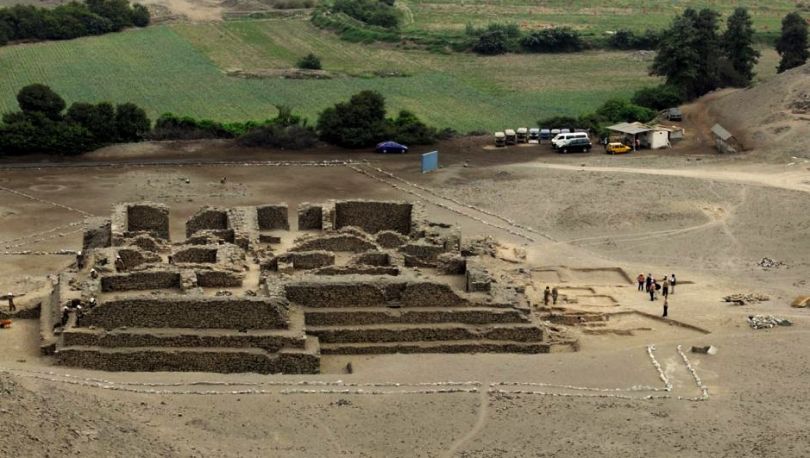Reminding you of all those recent discoveries made in India and mainly those around the world, each one of us have witnessed a mesmerizing creation coming to light, which of course belongs to Indian Roots. And every particular discovery has been connection with its roots to the Ancient India and its firm beliefs.
There exist several of characters to relate to from the Epic episodes of India and these characters have made a mark of their own in every part of the world. One among such characters is “Lord Hanuman” from the books of Ramayan- The Epic episode in Indian History.
The “Lost City of Hanuman in Honduras” is that marvellous creation not known to many of us in India!!
It so happened that…
During a flight, Charles Lindberg over the jungles of Mosquitia in Hondurus, claimed caught a glimpse of what he thought was the ‘Lost City of the Monkey God‘ where, the local people worshiped huge ‘Monkey Sculptures‘.
Later it was Theodore Morde – an American adventurer, who worked on the tip given by Lindberg and claimed that he had finally found the lost city in 1940. He claimed sacrifices were made by local Indians to a gigantic idol of an ape. However, he was killed by a car in London before he could announce its exact location. Morde had originally been looking for the White City, a hidden refuge of gods and gold first reported by Hernan Cortez.

Researchers from the University of Houston and the National Center for Airborne Laser Mapping flew over the Mosquitia region and revealed that there is evidence of a plaza dotted with ancient pyramids now reclaimed by the jungle on the east end of Hondurus. On the western end of Hondurus is the city of Copan – the site of the ancient Howler Monkey God statue.

Ancient India mentions…
Let’s not forget and it has also been evident that each incident happening around the world or witnessed by the modern India, has turned to be the repetition of Ancient History!! Our Indian epics or the scriptures, either one of them have described the occurrence of these incidents in future. Scientists all over the world have also proved to be an evidence to this.
The Hindu Epic Ramayana’s Kishkinda Kanda also descibes about Trident Of Peru, South America etc and Yuddha Kanda(War Episode) describes about Hanuman travelling to Paatala Loka (Central America and Brazil, which are on other side of India in globe) and meeting his son Makaradhwaja.
After killing the King of Paatala, Hanuman makes his son Matsyavallabha or Makaradhwaja as ruler of that kingdom and he must have started worshipping Hanuman as God since then. This could be one of the reasons why ancient Americans of central and south paint red color to all their gods statues (similar to Hanuman idols smeared in reddish orange).
The discovery of “Vedic Havan Kund” in Peru is also one more evidence of Vedic influence in this region.
After his expedition, Morder described traveling miles through swamps, up rivers, and over mountains before coming across ruins that he interpreted as the remains of a walled city. He claimed to have evidence of large, ruined buildings and said that his Paya guides told him that there once was a temple with a large staircase leading to a statue of a “Monkey God.”
After his expedition, Morder described traveling miles through swamps, up rivers, and over mountains before coming across ruins that he interpreted as the remains of a walled city. He claimed to have evidence of large, ruined buildings and said that his Paya guides told him that there once was a temple with a large staircase leading to a statue of a “Monkey God.”
Morde speculated that the deity was an American parallel to the Hindu deity Hanuman, who he says was the equivalent of America’s own Paul Bunyan in his amazing feats of strength and daring. Well, a lot more about the City is unknown till the modern days as Morde met a mysterious death before he could reveal the complete secret behind the City of Hanuman!!
Morde was told that the temple had a “long, staired approach” lined with stone effigies of monkeys. “The heart of the Temple was a high stone dais on which was the statue of the Monkey God himself. Before it was a place of sacrifice”, as described by the researcher.
Source: Detechter.com






No comments:
Post a Comment